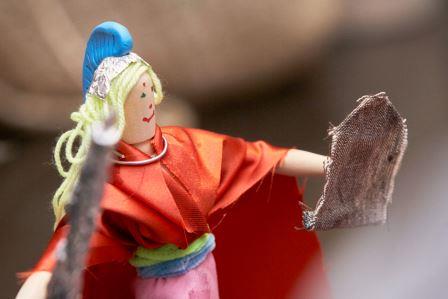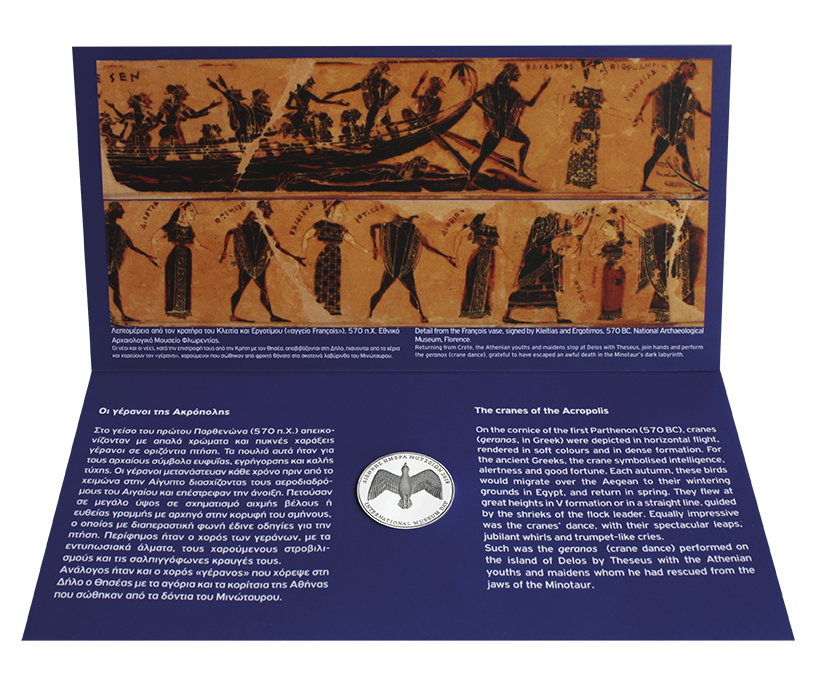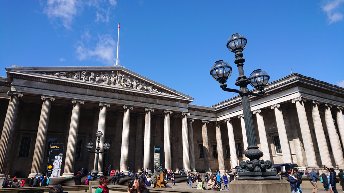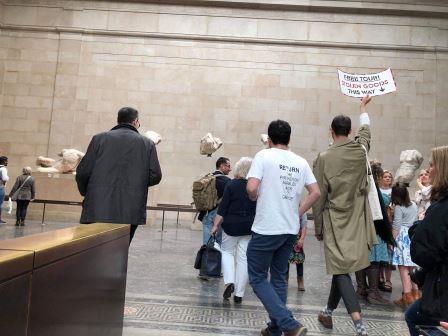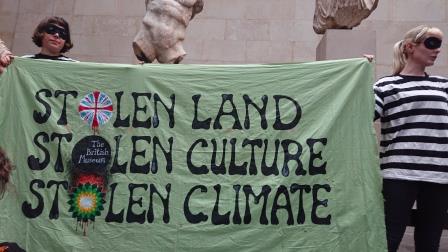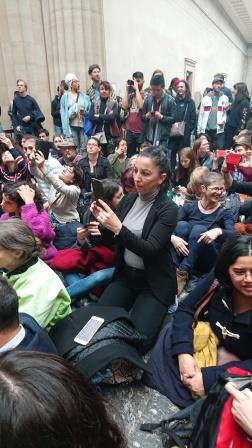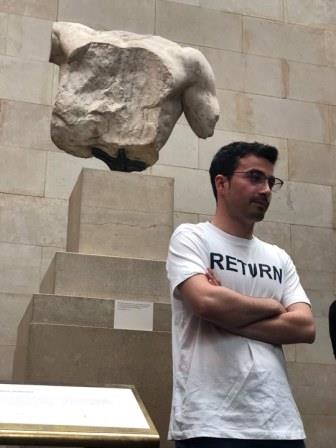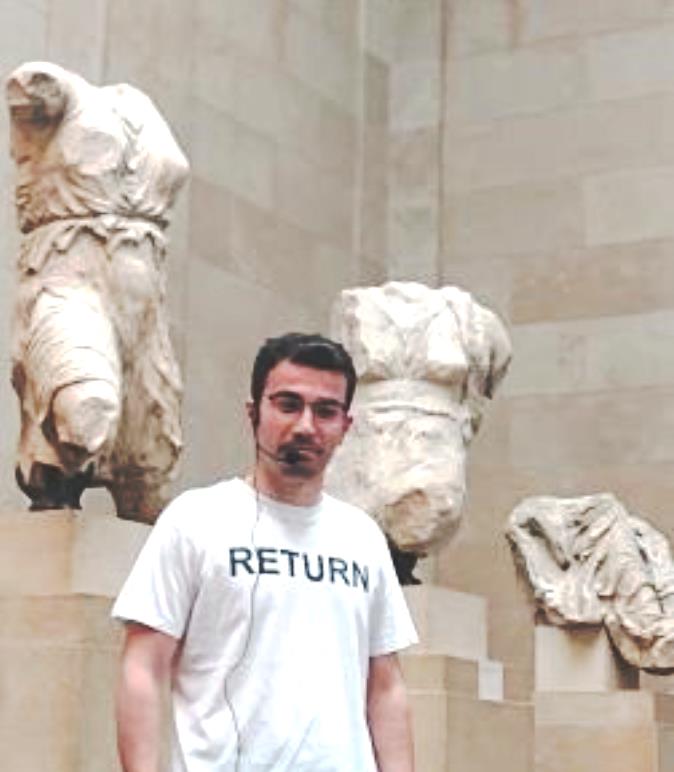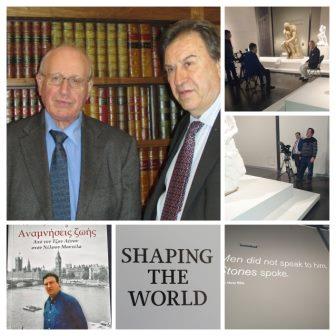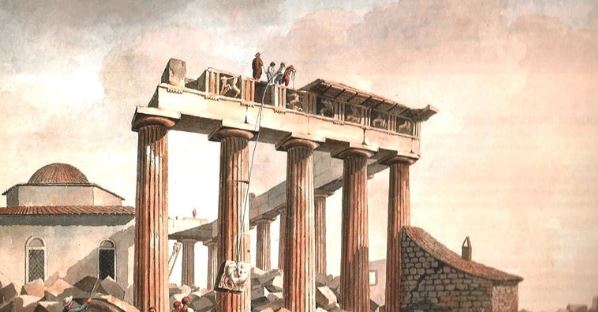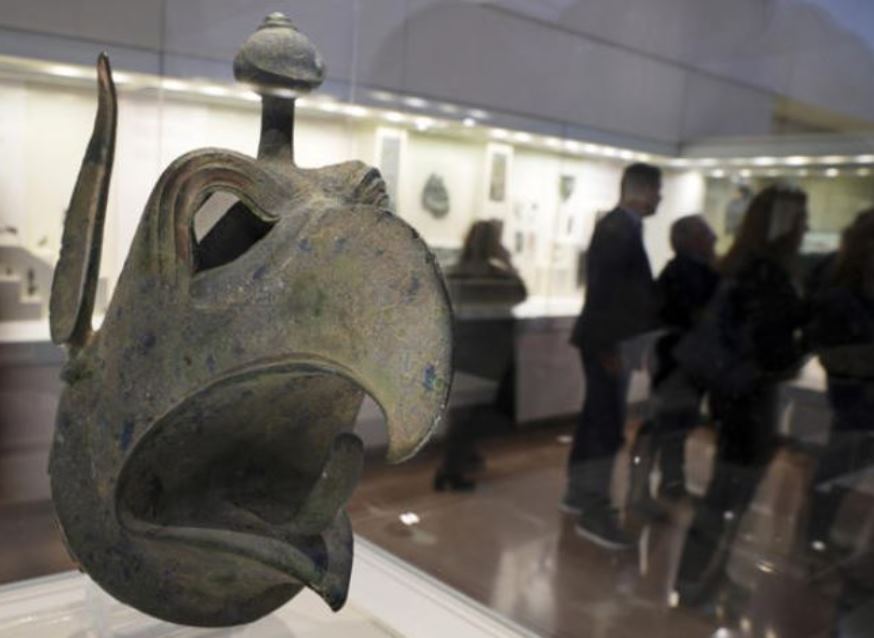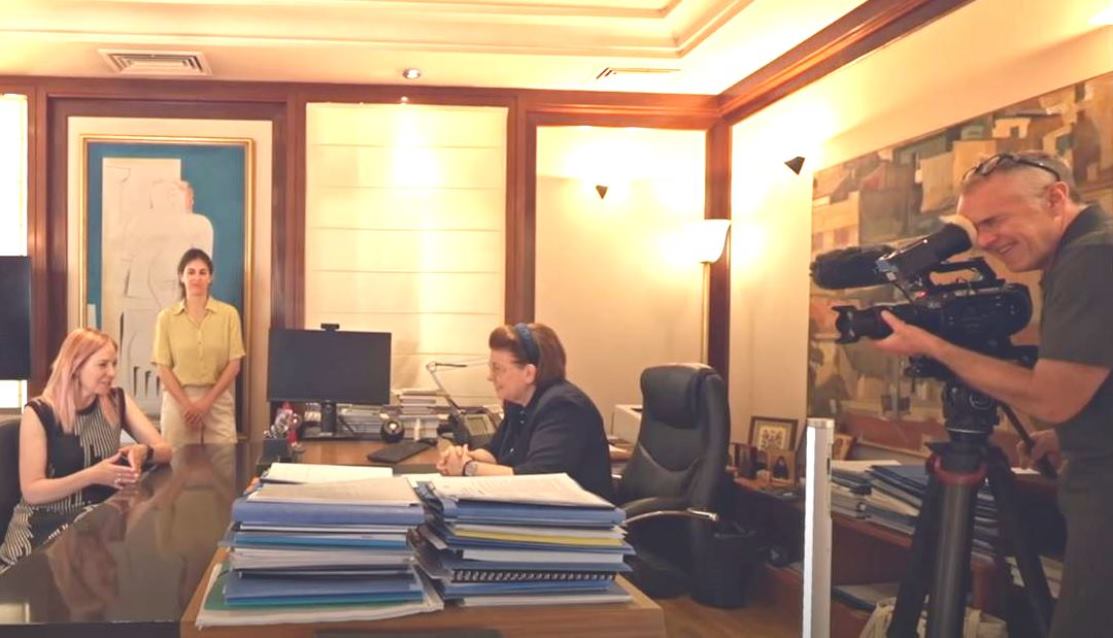Ahdaf Soueif, a Trustee of the British Museum since 2012, resigned a few days ago.This is the first time that a Trustee from the British Museum has resigned for moral and ethical reasons.
"Public cultural institutions have a responsibility: not only a professional one towards their work, but a moral one in the way they position themselves in relation to ethical and political questions. The world is caught up in battles over climate change, vicious and widening inequality, the residual heritage of colonialism, questions of democracy, citizenship and human rights. On all these issues the museum needs to take a clear ethical position." wrote Ahdaf SoueifAhdaf Soueif.
On twitter, we've been retweeting articles about this resignation with the hashtag #WednesdayWisdom, not because we wish to have another go at the British Museum but because we sincerely hope that Dame Jane Suzman's Cambridge debate address delivered with passion on 25 April, will be heard again, especially when she said: 'the Parthenon Marbles can no longer be kept hostages of time in Room 18.' This was fueled by her visit to Athens ten days prior to attend a conference organised by the President of the Hellenic Republic, Prokopios Pavlopoulos, where he said how "miserable and completely unworthy of Britain's tradition is the attitude of the British Museum's officials today, who thus end up appearing inferior to the circumstances and the necessities pertaining to the defence of World Cultural Heritage and our common Civilisation and, furthermore are unrepentant accomplices of Elgin's cultural crime.”
Ahdaf Soueif announced her resignation in an open letter published by the London Review of Books blog: ‘My resignation was not in protest at a single issue; it was a cumulative response to the museum’s immovability on issues of critical concern to the people who should be its core constituency: the young and the less privileged.’
Asked whether she thinks that the British Museum should be engaged in talks with Greece about returning the Parthenon Sculptures, Soueif told Yannis Andritsopoulos, London Correspondent of Ta Nea, Greece’s daily newspaper: “I believe it would be in everyone's interests for the Museum to engage in open, honest and transparent discussions with everyone who feels they have a claim on objects held by the Museum.”
Asked if she thinks that the Parthenon Sculptures should be returned to Greece, Soueif said she “cannot really comment more specifically,” but added that “these claims can only be dealt with on a case-by-case basis.”
BCRPM took part in the BP or not BP? protests with campaigner Danny Chivers, reading a statement from Dame Janet Suzman on Saturday 8 December 2018 in the Parthenon Gallery.
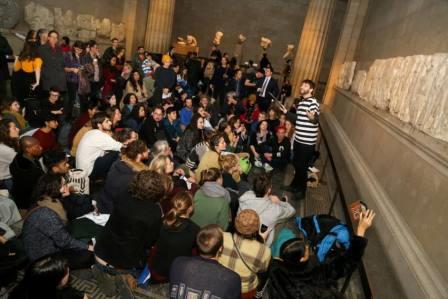
This was followed by 22 year old campaigner Petros Papadopuolos, a second year Cambridge student speaking in Room 18 during the BP or not BP? 'Stolen Goods Tour' of 04 May 2019.
Ahdaf Soueif raised her concerns with BP’s high-profile sponsorship of exhibitions at the museum: ‘It was an education for me how little it seems to trouble anyone – even now, with environmental activists bringing ever bigger and more creative protests into the museum.The public relations value that the museum gives to BP is unique, but the sum of money BP gives the museum is not unattainable elsewhere.’ she is quoted as saying in Frieze.
Just last week the Director of the British Museum Hartwig Fischer announced that the Museum will continue its relationship with BP. From 21 November this year to 08 March 2020, BP will sponsor the museum’s upcoming exhibition “Troy, Myth and Reality”.
Soueif also raised her concern over the museum’s failure to respond to a report published in 2018, which recommended the full restitution of looted African artefacts. The report noted in that some 90% of African cultural heritage currently exists outside of the continent and is displayed in major Western museums. Economist Felwine Sarr and art historian Bénédicte Savoy were charged by Macron to develop a clear framework of what this restitution means, philosophically and politically, and what needs to be done.
In the resignation letter, Soueif goes on to cite the museum’s employment policies, which she says pushed workers into ‘economic precarity’ with its unwillingness to rehire workers following the bankruptcy of service provider Carillion in 2018.
Dame Janet Suzman, Chair of the BCRPM salutes Ahdaf Soueif and hopes that her resignation will ensure a change of heart with the British Museum's Board of Trustees. "What Ahdaf Soueif has said and done, must not fall on deaf ears or be swept aside and ignored. The time for change is here."
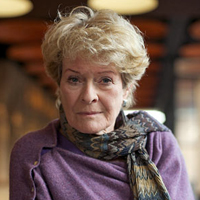
"As governments are never tired of reminding us, the responsibility for all decisions on the British Museum’s holdings lies with the Board of Trustees, as an independent body. We can only hope that a new Trustee can be found who is as principled and well-informed as Ahdaf Soueif." Professor Anthony Snodgrass, Hon President of BCRPM


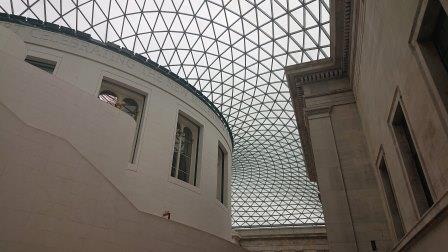
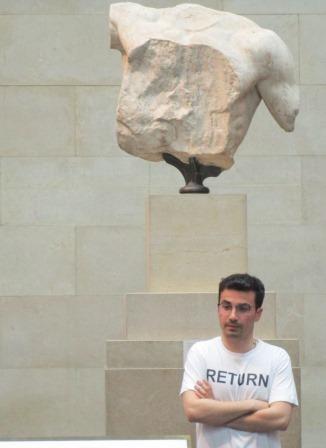
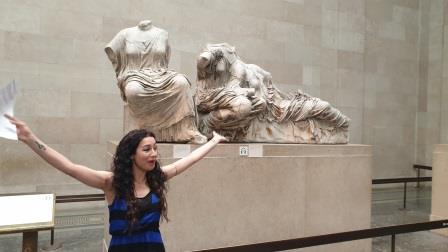
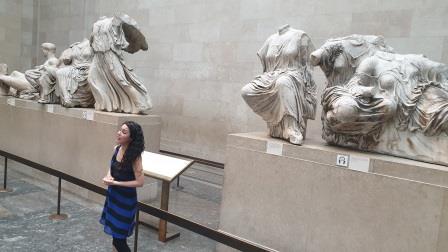
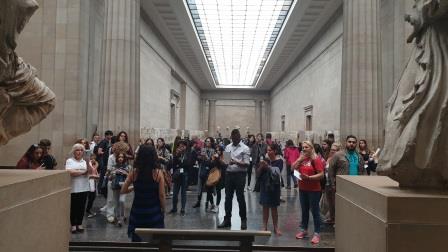
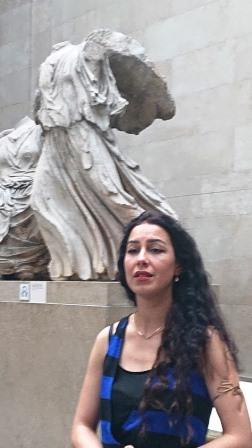
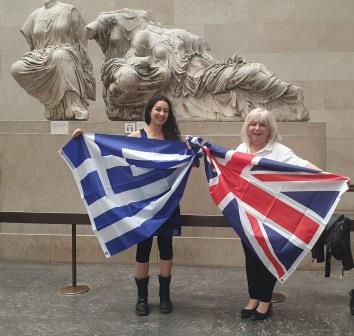

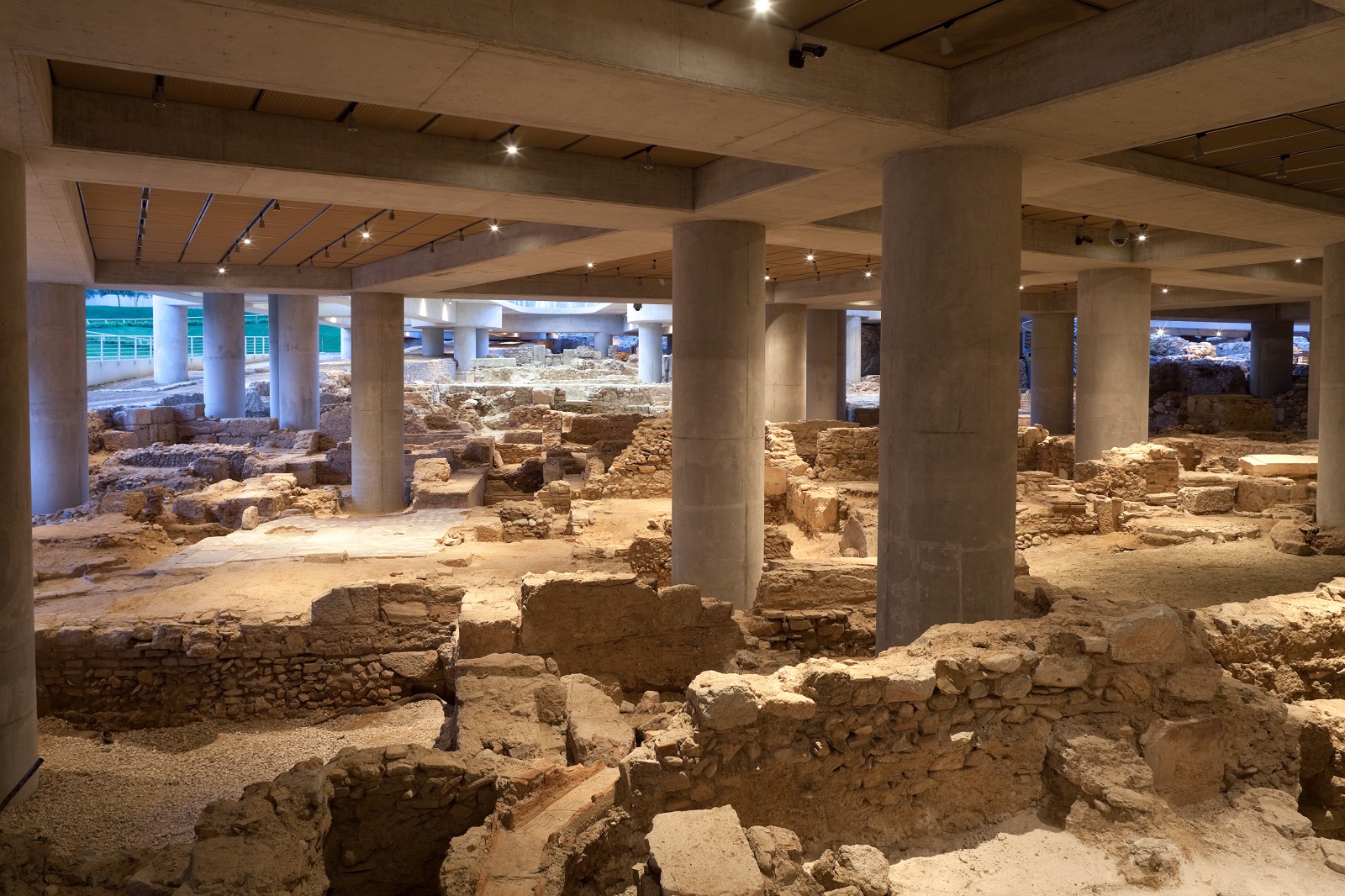
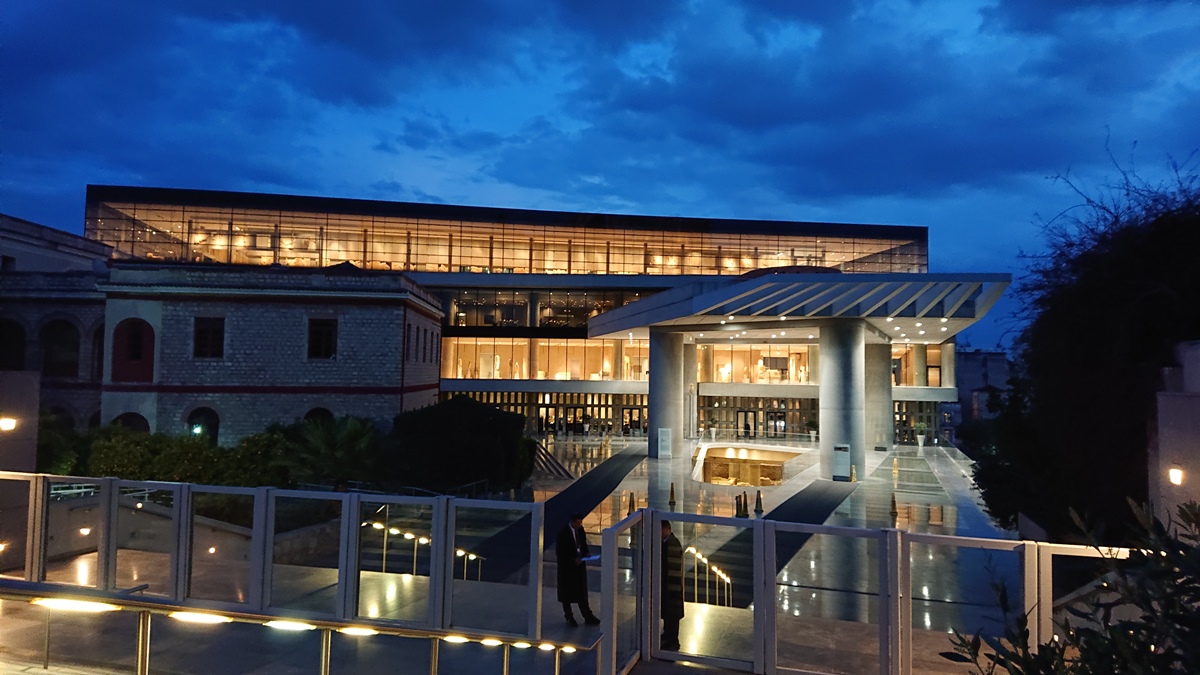
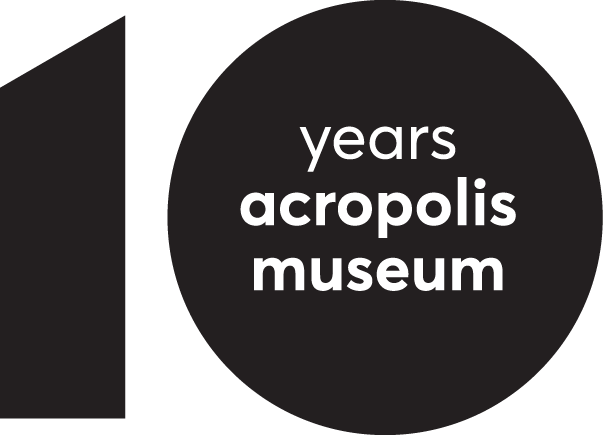
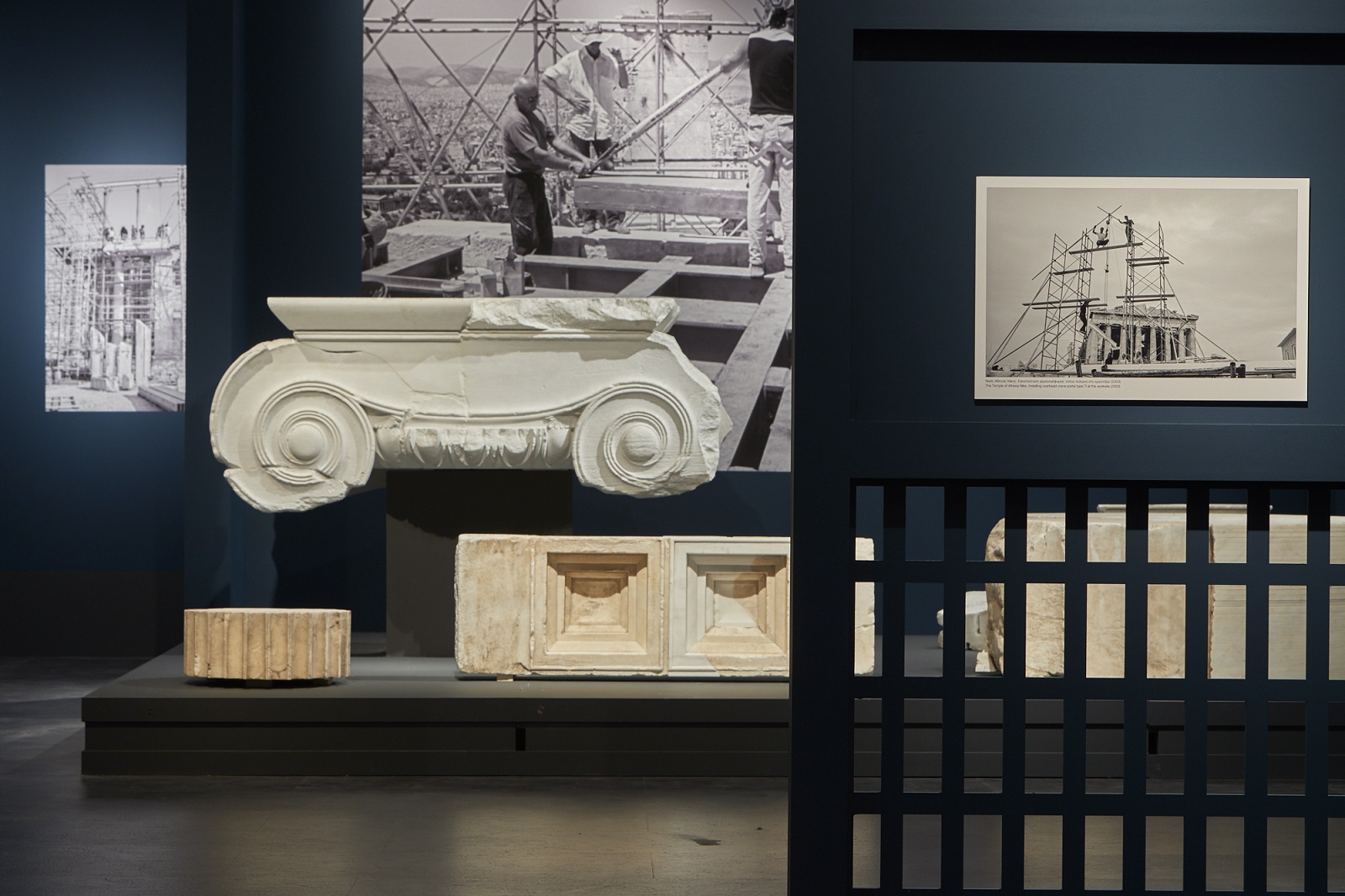
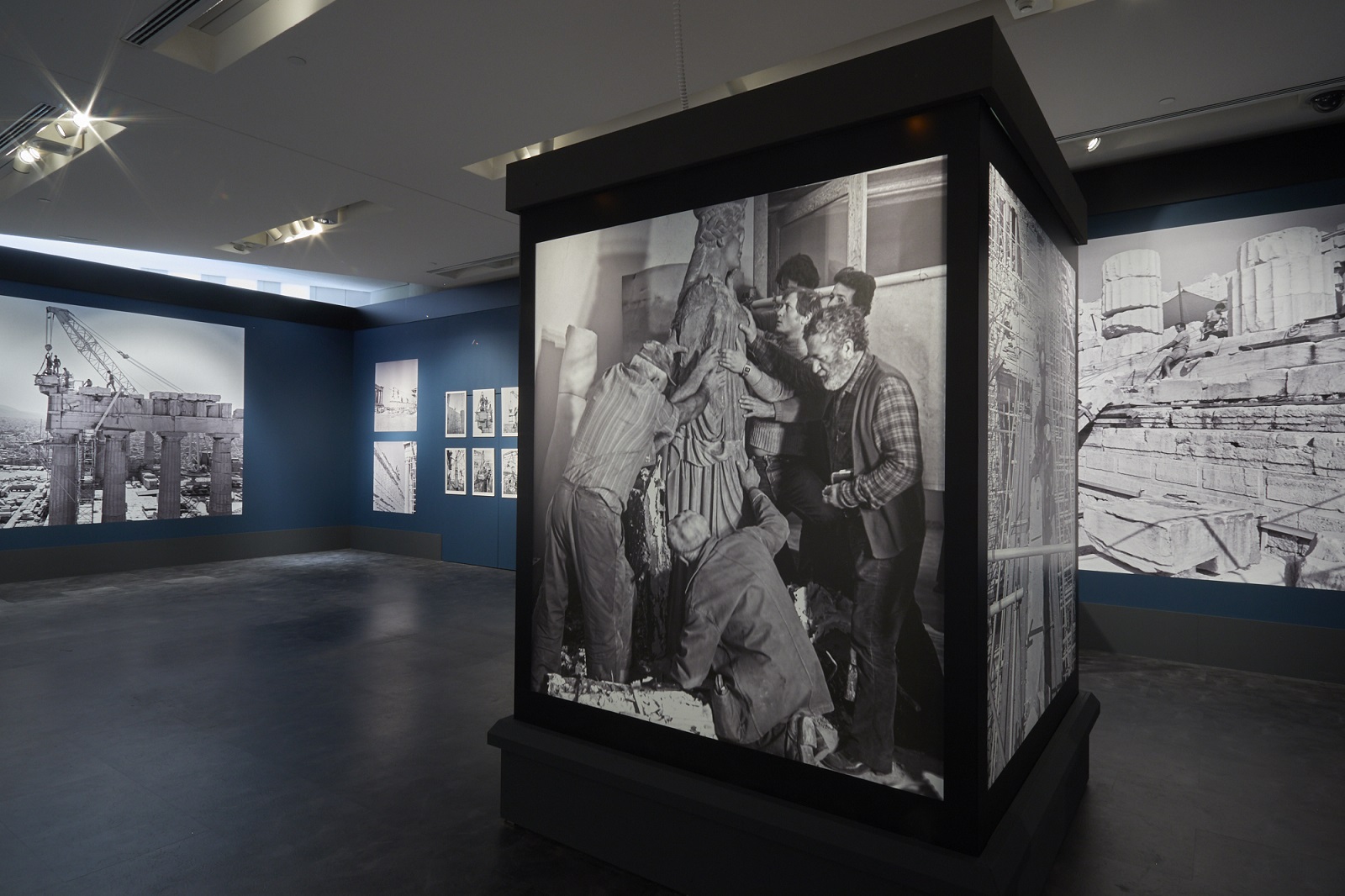
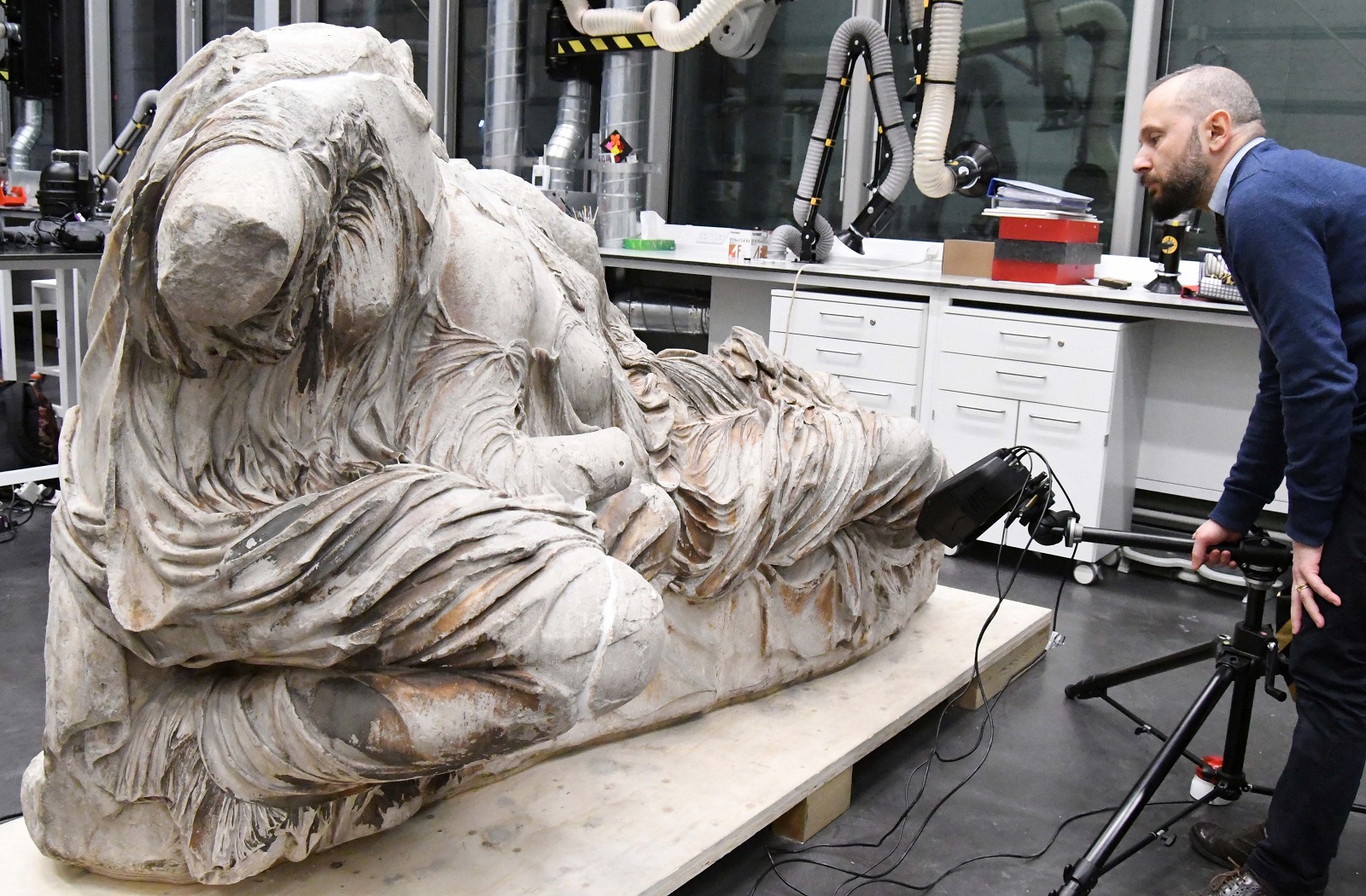

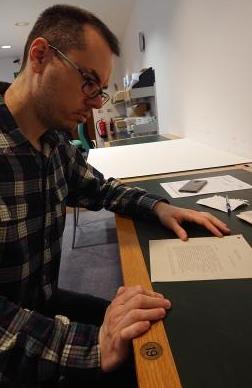
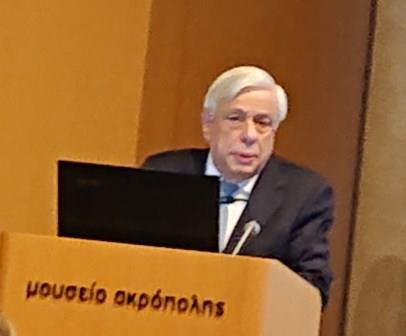 Greek President Prokopis Pavlopoulos
Greek President Prokopis Pavlopoulos Professor Judith Herrin
Professor Judith Herrin